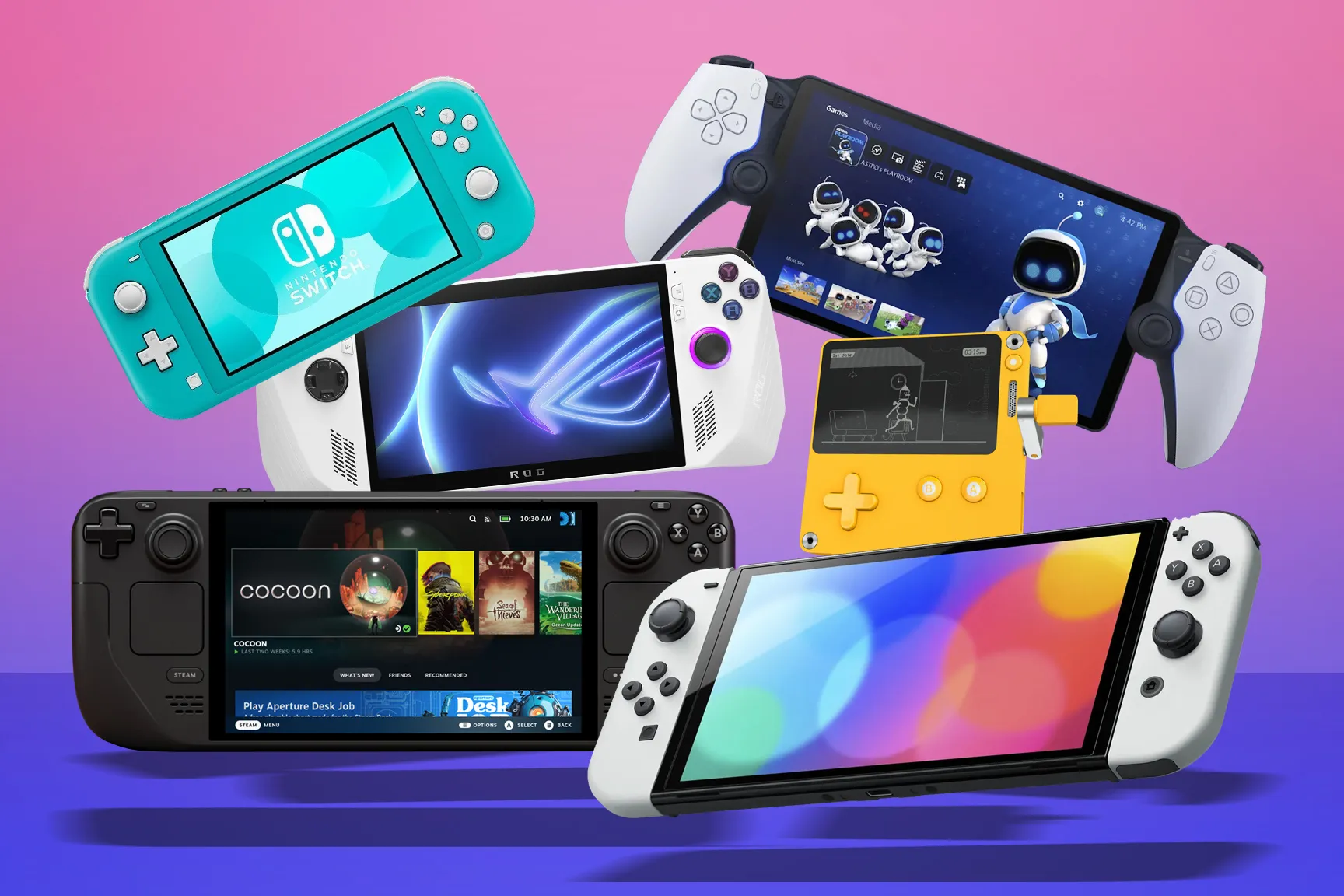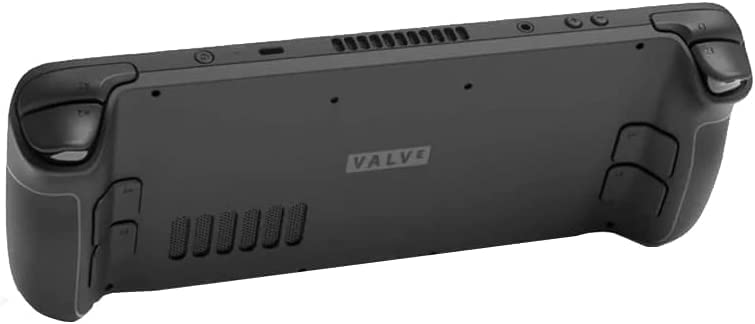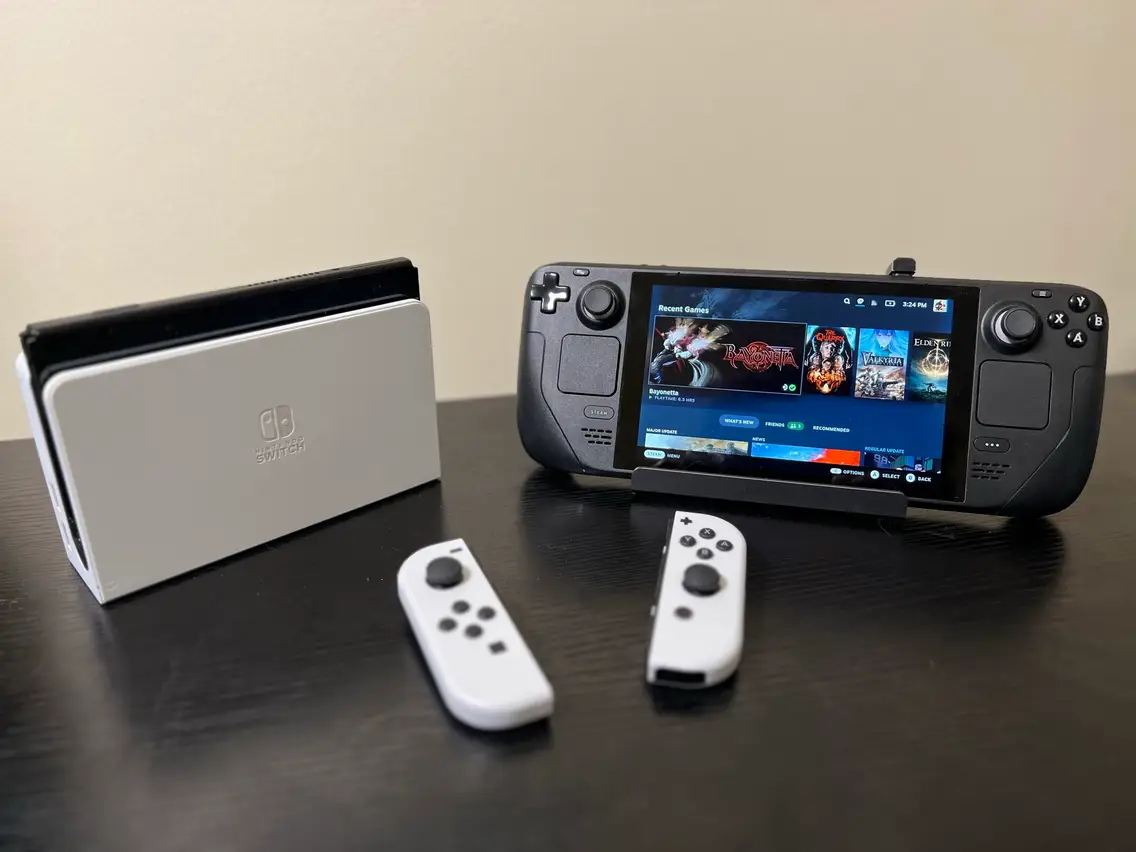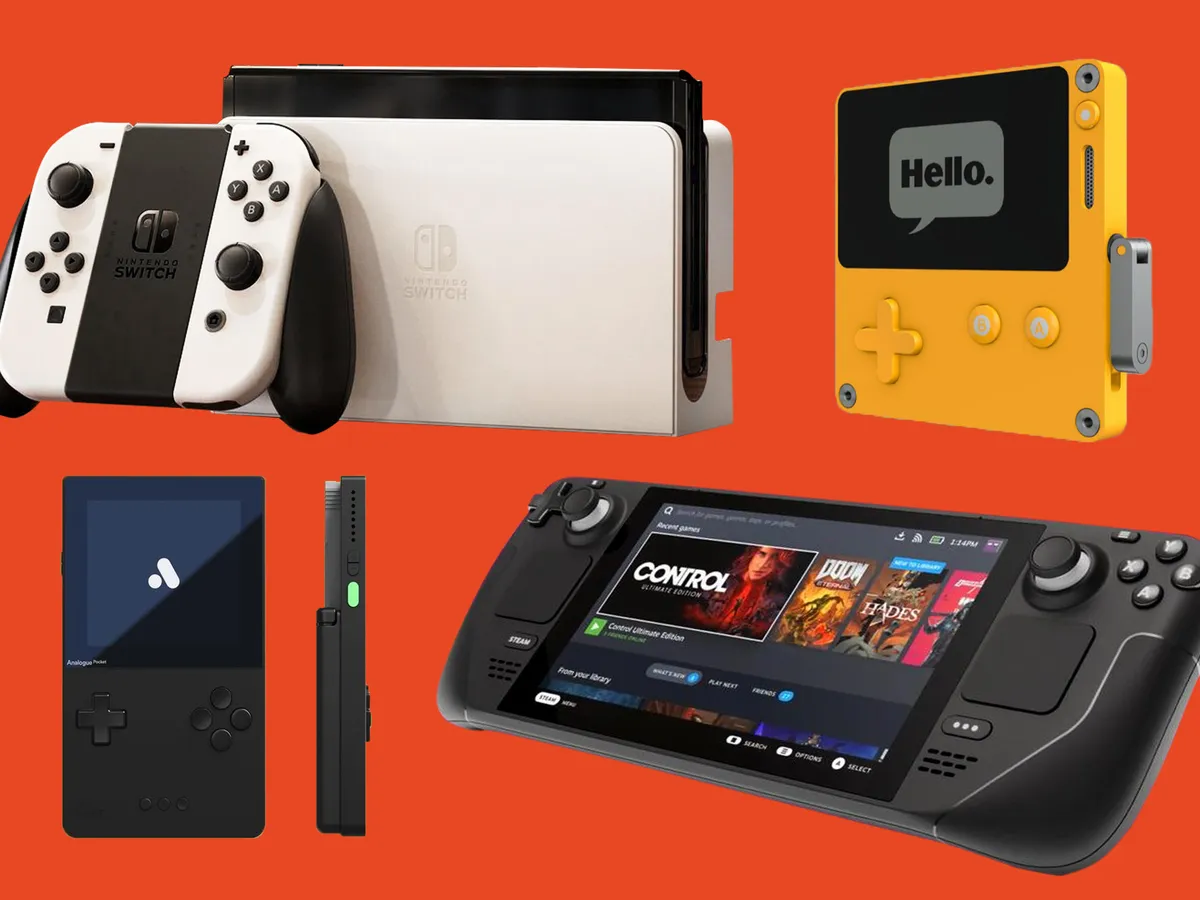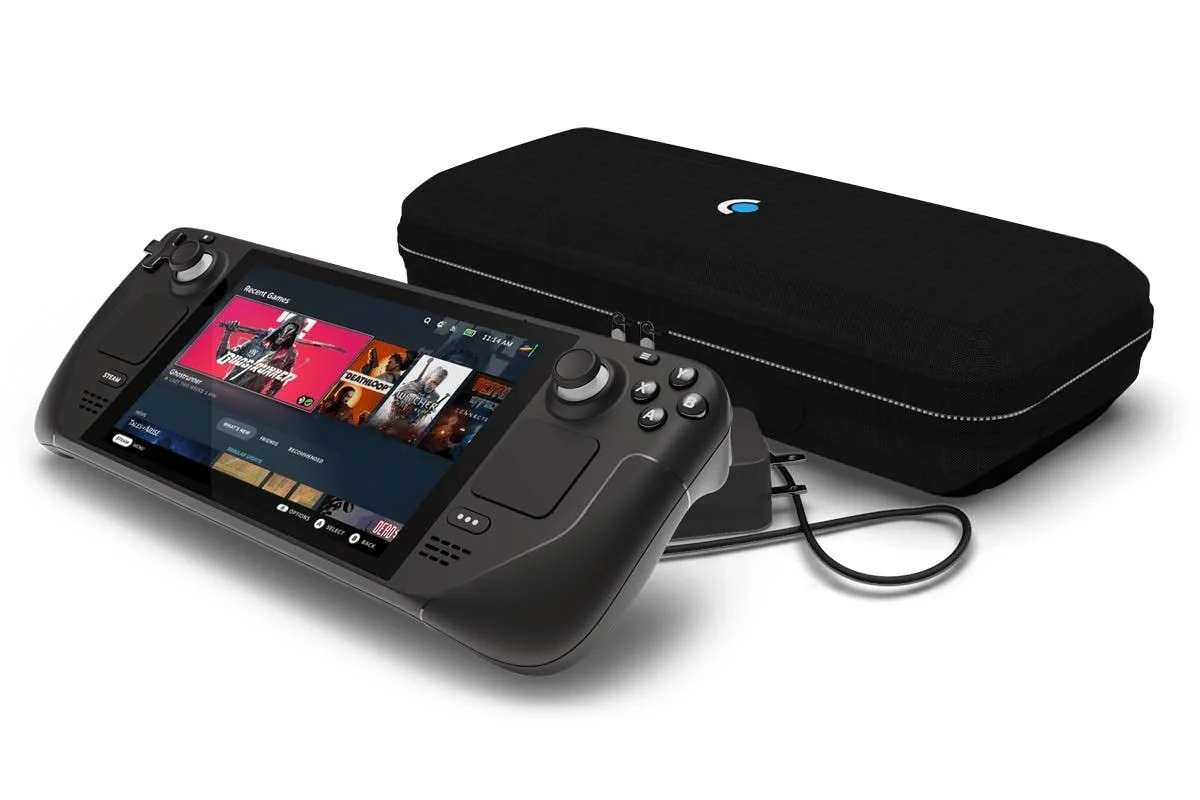Description
Steam Deck: The Ultimate Handheld Gaming Console
The gaming landscape has undergone a significant transformation in recent years, with the demand for portable gaming solutions on the rise. Enter the Steam Deck, Valve Corporation’s much-anticipated handheld console that has changed the way players engage with their favorite PC games on the go. Launched in February 2022, the Steam Deck aims to bring the full PC gaming experience into a compact form factor, allowing gamers to access their Steam library anytime, anywhere.
Design and Build Quality
At first glance, the Steam Deck features a robust and modern design reminiscent of dedicated gaming consoles. Measuring approximately 11.7 inches long and weighing about 1.5 pounds, it strikes a balance between portability and comfort. The console boasts a 7-inch touchscreen display with a resolution of 1280×800 pixels, ensuring crisp visuals and an immersive gaming experience.
One of the standout features is its ergonomic layout, complete with a range of control options that include thumbsticks, trackpads, a D-pad, and action buttons. The dual trackpads are particularly noteworthy, enabling precise movements and quick navigation through menus, making it easier for players to enjoy games that require more nuanced controls. The addition of gyro controls enhances aiming accuracy and offers an alternative gameplay method for certain titles.
Performance and Specifications
Under the hood, the Steam Deck is powered by a custom AMD APU that combines a quad-core Zen 2 CPU with RDNA 2 architecture, providing robust graphics performance. Configurations come with varying amounts of storage (64GB eMMC, 256GB NVMe SSD, and 512GB NVMe SSD), each able to support expandable storage via a microSD card slot.
The Steam Deck runs on a Linux-based operating system called SteamOS 3.0, designed to optimize performance for gaming while also allowing users to install third-party applications. Users can switch to a Windows-based operating system if they wish, providing even more flexibility in software choice.
Battery Life
Battery life is always a consideration for handheld gaming devices. With the Steam Deck, users can expect between 2 to 8 hours of gameplay, depending on the game being played and the settings used. This flexibility is thanks to the Steam Deck’s ability to manage power consumption dynamically. Players can adjust performance settings in the quick access menu to prolong battery life during extended gaming sessions.
Game Library and Compatibility
One of the biggest selling points of the Steam Deck is its seamless integration with the Steam platform. Gamers can access their existing Steam library, including thousands of titles ranging from indie gems to AAA blockbusters. The compatibility layer known as Proton allows many Windows games to run smoothly on this Linux-based system, expanding the range of available titles.
Additionally, the Steam Deck supports cloud saves, so players can pick up their progress from any device. Its versatility allows it to run not just Steam games, but also a wide variety of other applications, such as emulators, media players, and more, reinforcing its position as a portable gaming powerhouse.
Community and Modding Potential
The Steam Deck’s open architecture also means that it encourages a vibrant community of modders and developers. Players can customize their experience by installing different operating systems, using modded games, and even adjusting hardware settings to meet their preferences. This aspect of the Steam Deck taps into the PC gaming ethos, where user customization is celebrated.

